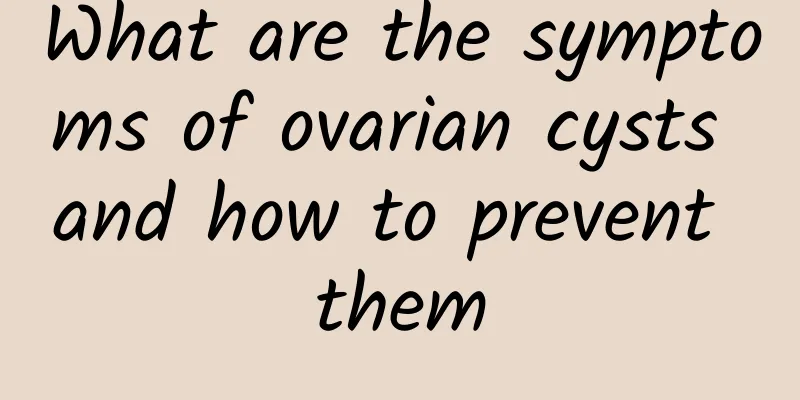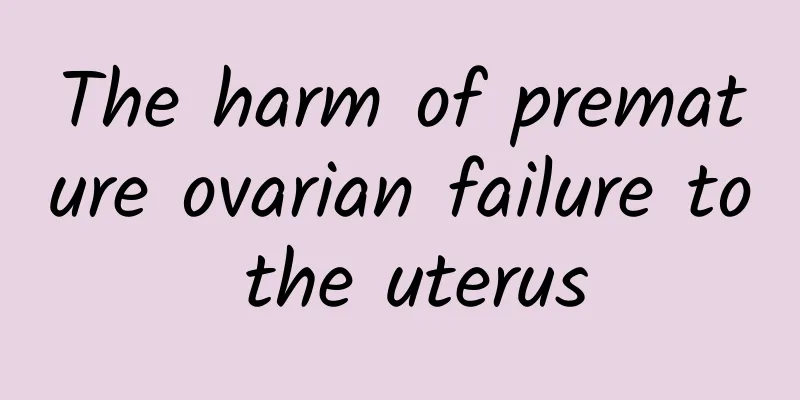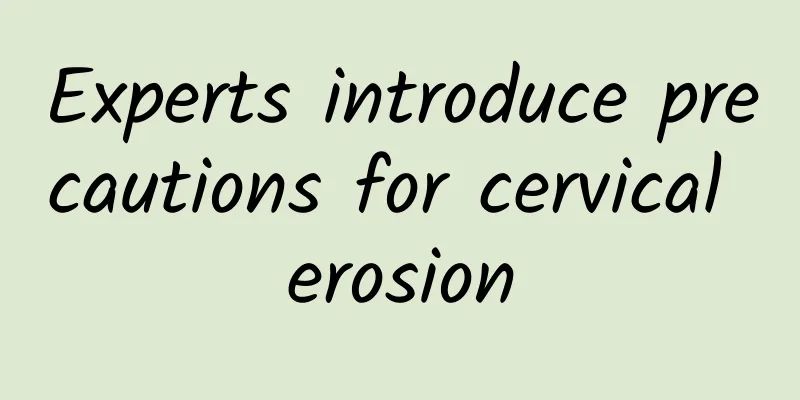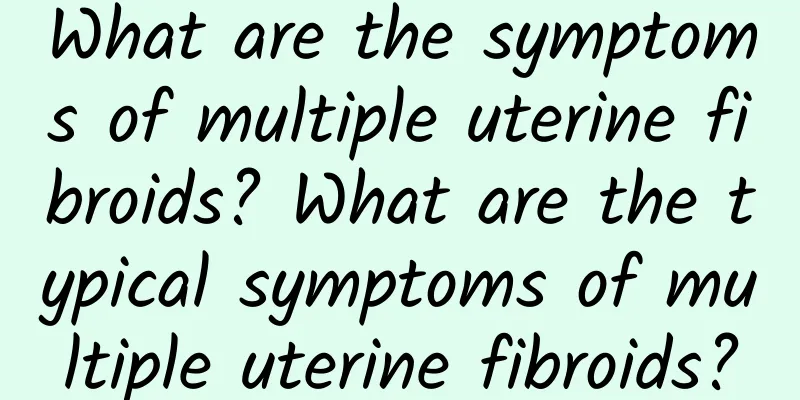What are the differences in the early identification methods of acute and chronic adnexitis?
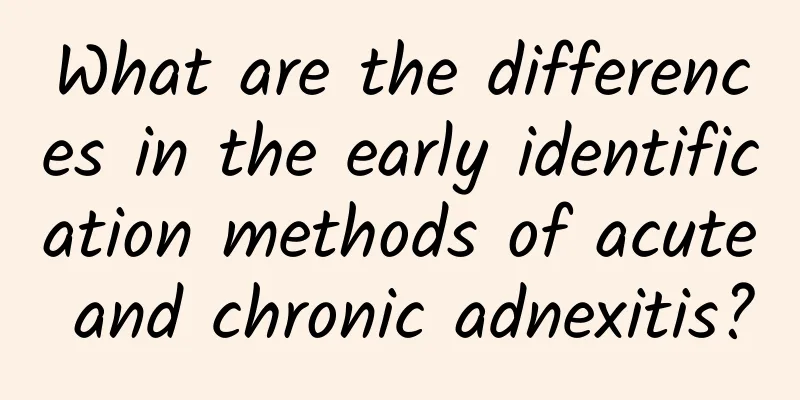
|
The early symptoms of adnexitis are relatively hidden and easily ignored by patients, thus delaying the best time to treat the disease. So, what are the differences in the early self-identification methods of acute and chronic adnexitis? 1. Early identification of acute adnexitis Acute adnexitis has two typical characteristics in the early stage, namely abdominal pain and fever. The abdominal pain is generally limited to bilateral pain in the lower abdomen. Patients rarely vomit, and the symptoms are aggravated during defecation, accompanied by urinary pain, constipation, abdominal distension, etc. Some patients may also have mucus in their stool, which is mainly caused by inflammatory stimulation of the colon wall. The fever symptoms caused by acute adnexitis are mostly in the high fever range. Patients can have a high fever of 39℃-40℃, with irregular remittent fever, accompanied by chills or chills. If the inflammatory lesions are isolated due to adhesions, the patient's body temperature will drop quickly; if the high fever drops once and then rises repeatedly, it means that the inflammation has spread or suppurated changes. 2. Early identification of chronic adnexitis Chronic adnexitis also has two typical characteristics in the early stage, namely abdominal pain and irregular menstruation. Unlike acute adnexitis, the abdominal pain symptoms of patients with chronic adnexitis are mostly latent, mainly characterized by soreness, swelling, and a feeling of falling in the lower back and sacrum, and the symptoms often worsen after fatigue. Some patients also experience filling and emptying pain in the bladder and rectum, or bladder and rectal irritation symptoms such as frequent urination and tenesmus. The menstrual disorders of patients with chronic adnexitis are mainly frequent menstruation and excessive menstrual flow, which may be the result of pelvic congestion and ovarian dysfunction. |
<<: A dietary recipe suitable for nourishing and recovering women after abortion
>>: Eight Chinese herbal medicine prescriptions are effective in treating ovarian cysts
Recommend
Is cervicitis contagious in women? Common knowledge about cervicitis that women must know
Is cervicitis contagious? This is a question ofte...
Dietary precautions for cervical erosion
As long as women have sex, more than 80% of them ...
How much does uterine fibroid surgery cost? How much does uterine fibroid surgery cost?
How much does uterine fibroid surgery cost? Uteri...
Brief analysis of common symptoms of acute ectopic pregnancy
Acute ectopic pregnancy is a common type of ectop...
Can women eat ginger after miscarriage? It is not recommended to eat spicy food
Women are great people, because they shoulder the...
How is cervicitis usually caused?
Cervicitis is one of the common gynecological dis...
Auxiliary examinations for pregnant women with ovarian cysts
After a patient with ovarian cysts becomes pregna...
Study: Vegetarianism reduces the risk of diabetes, breaking two myths about healthy vegetarianism
Can being a vegetarian prevent diabetes? A local ...
How to Treat a Left Ovarian Cyst
How to treat left ovarian cyst? Left ovarian cyst...
What is the cause of right ovarian cyst?
What is the cause of female right ovarian cysts? ...
Slim arms and reduce accessory breasts! Come do 10 minutes of sculpture exercise
Doctor Lu said: Although we often use our hands t...
Female friends should pay attention to these symptoms of cervical hypertrophy
The cervix is also part of the female reproduct...
A brief discussion on the main causes of cervicitis
Cervicitis, like other inflammations, has its own...
Adnexitis is caused by women not paying attention to menstrual hygiene.
Adnexitis is a disease that many women suffer fro...
Eat egg yolks with confidence to lose weight and lower cholesterol! How many can you eat a day? The answer from Dr. Weight Loss is…
Many people probably have a concept: the choleste...
